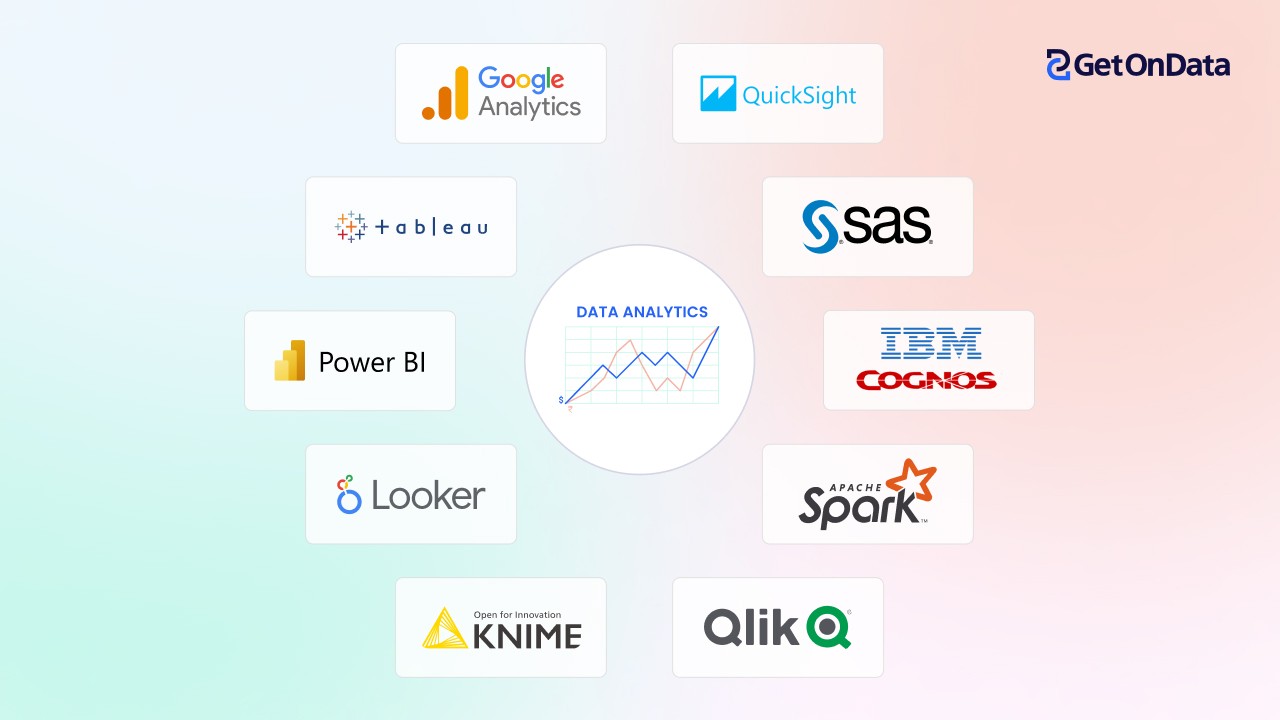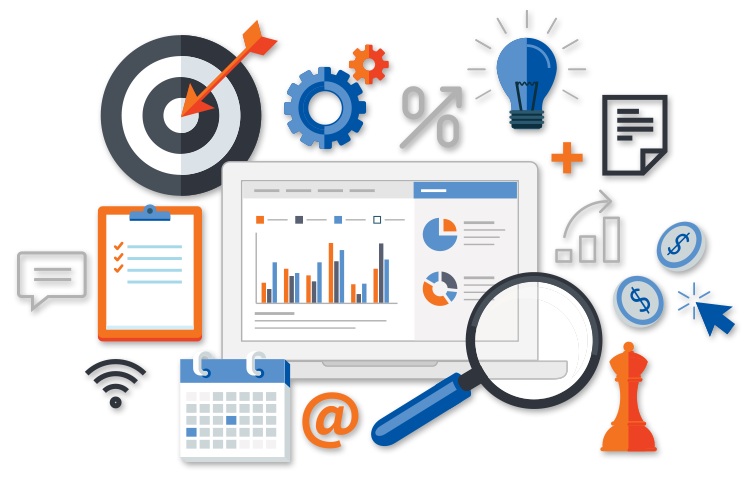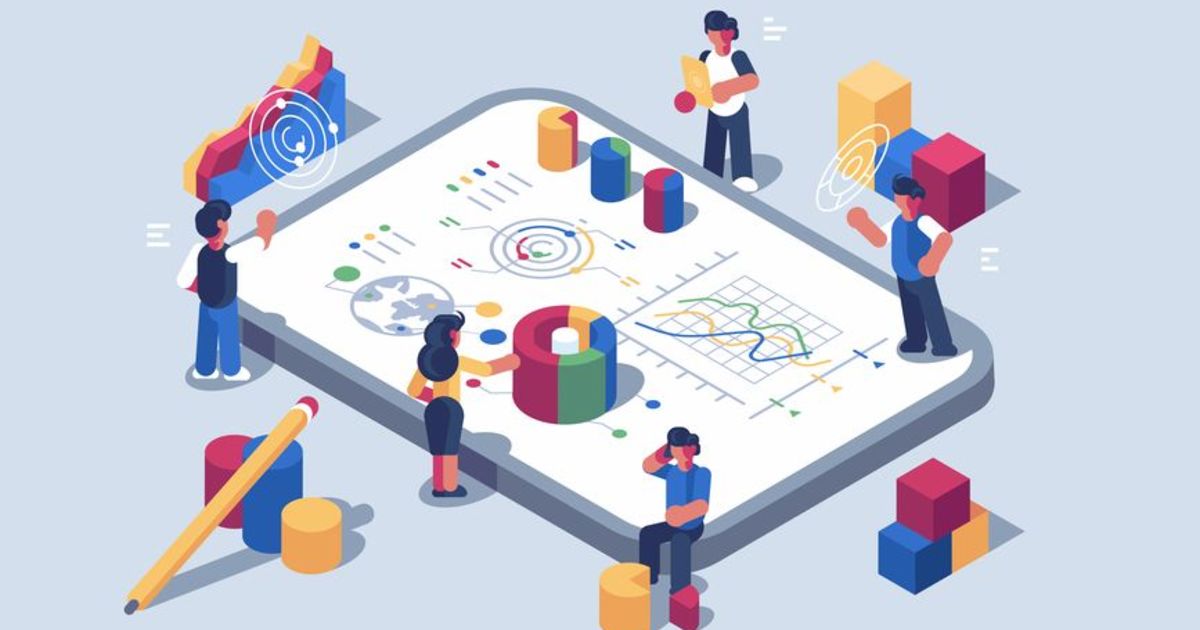Just How to Enhance Efficiency with Comprehensive Analytics
Just How to Enhance Efficiency with Comprehensive Analytics
Blog Article
Boost Effectiveness and Profitability Via Information Analytics
In today's data-driven landscape, organizations are progressively recognizing the essential role of data analytics in boosting operational effectiveness and productivity. By systematically analyzing data, companies can discover important understandings that educate critical decisions, improve procedures, and tailor client experiences.
Understanding Information Analytics
In today's data-driven landscape, understanding data analytics is crucial for organizations intending to boost functional performance and drive earnings. Information analytics entails the systematic computational analysis of information sets to reveal patterns, correlations, and insights that inform decision-making. By utilizing numerous strategies, such as analytical evaluation, artificial intelligence, and predictive modeling, organizations can change raw data right into actionable knowledge.
The process normally starts with information collection, where relevant information is gathered from multiple sources, including transactional databases, consumer communications, and market trends. This data is then cleaned up and arranged to make sure accuracy and consistency. As soon as the information is prepared, logical devices and software program are used to imagine the details and discover, making it possible for stakeholders to recognize patterns and abnormalities.
Ultimately, understanding data analytics encourages companies to make enlightened choices based on empirical proof rather than intuition. It facilitates targeted strategies that can maximize source appropriation, boost customer fulfillment, and improve overall efficiency. As services progressively recognize the value of data-driven insights, a strong understanding of data analytics ends up being a vital competency for leaders and groups alike, positioning them for continual success in an affordable setting.

Trick Benefits for Organizations
Businesses that take advantage of information analytics can unlock a wide variety of advantages that dramatically improve their procedures and earnings. One of the main advantages is enhanced decision-making. Data analytics gives actionable understandings stemmed from real-time information, allowing services to make enlightened choices that straighten with market needs and consumer preferences.

Additionally, data analytics promotes improved client experiences. By comprehending consumer actions and choices, businesses can tailor their offerings, causing enhanced contentment and loyalty. This customized method usually results in greater conversion prices and repeat company.
Moreover, information analytics makes it possible for organizations to identify arising fads and opportunities. By remaining ahead of the contour, companies can profit from new markets and technologies prior to their competitors.
Executing Data-Driven Techniques
Successful execution of data-driven approaches needs a detailed understanding of both offered data and organizational objectives resources. Organizations should initially define their purposes plainly, making sure positioning in between information initiatives and calculated purposes. This clarity allows teams to focus on relevant metrics and understandings address that drive decision-making.
Premium information is crucial for accurate evaluation, as poor data can lead to illinformed strategies and thrown away sources - Analytics. Organizations should develop procedures for information collection, cleansing, and management to preserve information integrity.
In addition, fostering a data-driven culture is critical. Staff members in any way levels need to be urged to leverage data in their day-to-day operations. Training programs and workshops can enhance information literacy, equipping staff to make educated decisions based upon logical understandings.
Tools and Technologies Overview
A robust collection of modern technologies and devices is vital for organizations aiming to harness the full possibility of information analytics. These devices help with the collection, processing, and visualization of data, making it possible for businesses to obtain actionable understandings.
At the foundational level, information monitoring platforms such as SQL databases and NoSQL systems offer effective information storage and retrieval abilities. For information handling and evaluation, programming languages like Python and R, in more info here addition to frameworks such as Apache Glow, make it possible for intricate computations and artificial intelligence applications.
Visualization devices, including Tableau and Power BI, change raw information into user-friendly graphical formats, making understandings easily accessible to stakeholders whatsoever degrees. In addition, cloud-based platforms like Google Cloud and AWS supply scalable storage and processing solutions, fitting the expanding quantities of information companies experience.
For sophisticated analytics, anticipating modeling and AI-driven solutions are progressively taken on, enabling firms to forecast fads and improve decision-making procedures. Integrating these tools right into existing operations is vital; organizations that successfully utilize this modern technology can dramatically improve operational effectiveness and drive earnings. Hence, purchasing the right tools additional reading and technologies is a strategic vital for any kind of data-driven organization.
Case Studies of Success
Leveraging data analytics has led numerous companies to accomplish remarkable enhancements in efficiency and success. One noteworthy instance is a huge retail chain that implemented predictive analytics to optimize inventory management. By evaluating historic sales information and customer fads, the company minimized excess supply by 30%, bring about significant expense savings and boosted money circulation.
An additional example can be found in the production industry, where a leading automobile supplier utilized data analytics to improve its manufacturing procedures. By keeping track of equipment efficiency in real-time, the organization recognized ineffectiveness and bottlenecks, resulting in a 20% rise in general devices efficiency (OEE) This not only improved manufacturing rates however likewise minimized downtime and maintenance costs.

These study show how information analytics can drive calculated decision-making, maximize procedures, and inevitably boost both effectiveness and success across different markets.
Verdict
In verdict, the combination of information analytics into business procedures offers significant opportunities for boosting effectiveness and success. By methodically evaluating data, companies can recognize inefficiencies, maximize customer experiences, and make educated decisions.
In today's data-driven landscape, understanding information analytics is important for organizations aiming to improve operational efficiency and drive success. Information analytics involves the methodical computational evaluation of data sets to uncover patterns, correlations, and insights that notify decision-making. Information analytics provides workable insights obtained from real-time data, allowing companies to make educated choices that line up with market demands and customer choices.
High-quality data is necessary for accurate evaluation, as bad information can lead to illinformed methods and squandered sources. Organizations should develop procedures for data collection, cleansing, and administration to keep information integrity.
Report this page